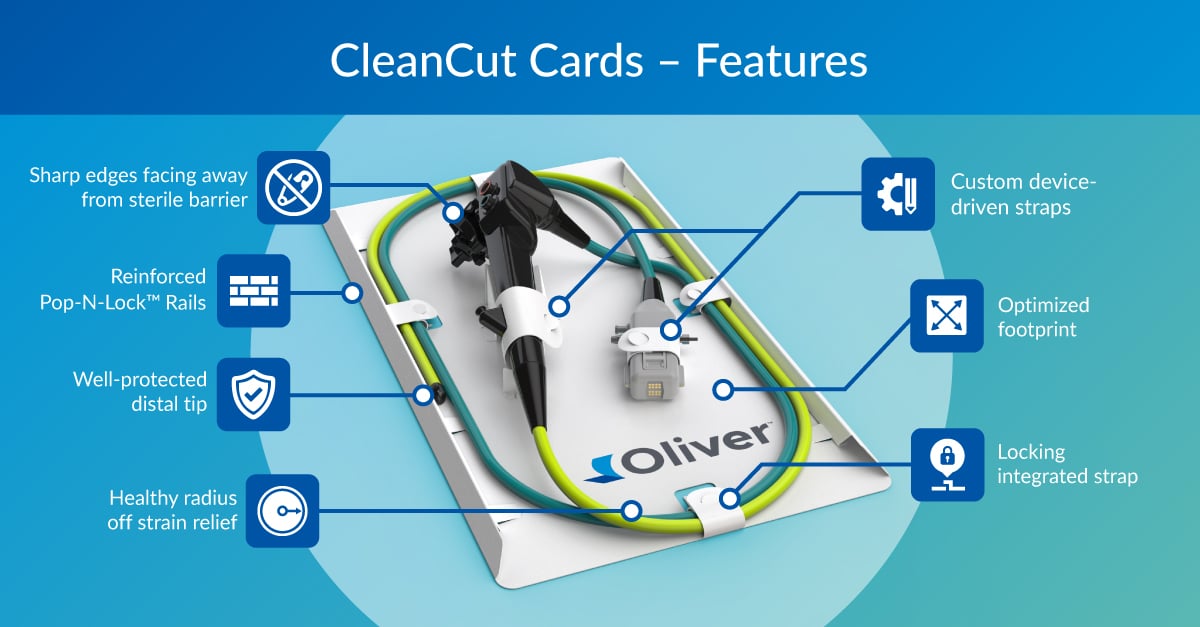The Endoscope: From Open Flame to AI
Endoscopy is perhaps best known as two things: colonoscopy or “lower GI” and “upper GI” scoping through the mouth to view the esophagus and stomach. The field of endoscopy now encompasses every anatomical entry into the human body, and those that use tiny incisions to create the entry point. In addition to the esophagus, stomach and colon, ears, nose, throat, joints, heart, and abdomen are viewable through endoscopy. This often-overlooked medical specialty refers to seeing and/or interacting with internal anatomy from an external location. It is distinct from all other imaging technology because a scoping tool is inserted directly into the organ or anatomy it is examining. The medical needs addressed by endoscopy include screening to check health, such as colonoscopy, diagnostic procedures to identify a cause or disease, and even to treat, such as direct delivery of medication to an internal organ or area and photodynamic therapy that uses light and laser to kill tumor cells.
Endoscopy uses either a flexible or rigid tube, equipped with visual technology transmitted to video monitors and may be printed photography, too. Endoscopes often also include a “channel” that allows tools to be inserted through the tube to extract tissue, cell samples, or even to remove internal stitches. The evolution of endoscopy, like many medical miracles, began with a high tolerance for risk.

HISTORY
The first illuminated endoscope was the 1806 German “Lichtleiter.” The concept used a candle secured inside the instrument for light, but the inventor’s untimely death led to the same fate for his design. The next-gen device emerged from France in 1826 but was quickly nixed due to use of an open-flame candle held near the patient for illumination. Finally, in 1853 (also in France) surgeon Antonin Desormeaux devised a prototype that used a brighter (and safer) gasogene light for his urology scope, a move that made the Desormeaux Endoscope the first manufactured endoscopy medical device, and its inventor the distinction as the “Father of Endoscopy.”
With no medical precedent and extremely little “internal medicine”, early endoscope designs unsurprisingly focused on the path of least resistance the female urinary tract or any gender’s bowel exit. It wasn’t until 1868 that the first record of a gastro-endoscope to view the stomach was prototyped. In this instance, a German doctor enlisted a professional sword swallower as the inaugural patient to test his 47-cm long, 13-mm wide sample stomach scope. No further records were found.
Today, R&D teams can relate to those wild early efforts. But just how did we get from sword swallowers to AI and nano-cams?
CAMERA READY
Modern endoscopy took a quantum leap more than 80 years later, this time from Japan, with the first gastrocamera endoscope, in 1952. This upper GI imaging endoscope was a collaborative effort of a Japanese surgeon and the Olympus camera company. The surgeon approached Olympus designers seeking a way to learn more about stomach cancer, a prevalent form of the disease in his Japanese patients. As a result, the Olympic Gastrocamera Type 1 was born.
Olympus has continued to expand its partnership with medical device makers, including the 1985 debut of endoscopes that transmitted images to TV monitors and allowed multi-party, simultaneous viewing.
Since then, the advancement of high-definition imaging has transformed everything from entertainment watching and recording in life, to incredibly precise endoscopic capabilities. For example, today’s smallest endoscope camera is from Scoutcam® at 1 mm in size (including illumination). The overall trend for miniaturization across all medical fields continues to direct innovation, as well as the call to accomplish more with less-invasive means.
THE LATEST AND WHAT’S NEXT
There is no doubt that the many and ever-changing list of chronic digestive disorders and diseases can make use of endoscopy for diagnostics and treatments. We’ve seen the advancements that have taken place in just two hundred years—and there’s no slowdown in sight.
In May 2023, the FDA granted clearance for U.S. use of the Olympus EVIS X1 endoscopy system, a new model of upper GI videoscope and a new generation of lower tract videoscope. These new systems include LED light combination capabilities, enhanced imaging, and dark area correction as well as Narrow Band Imaging (NBI ™) technology.
Medtronic and NVIDIA partnered this year to create deep learning AI endoscopy solutions that will further transform endoscopic care. Single-use scopes are another area of interest that shows significant potential. Swallowable “pill cameras” also continue to shrink, even as their data-collecting capabilities grow.
All of this proves that as quickly as we dream, design, package and manufacture, a new thing appears on the horizon. Endoscopy, though rarely headlined, is no exception. In the end, there is no containing the future of medical innovation. It is an adventure, a challenge, and a responsibility.


.webp)
